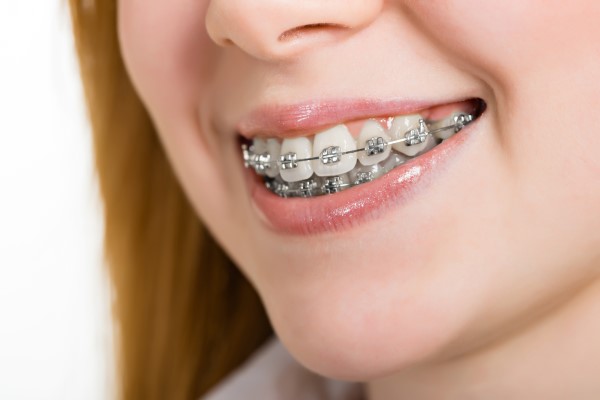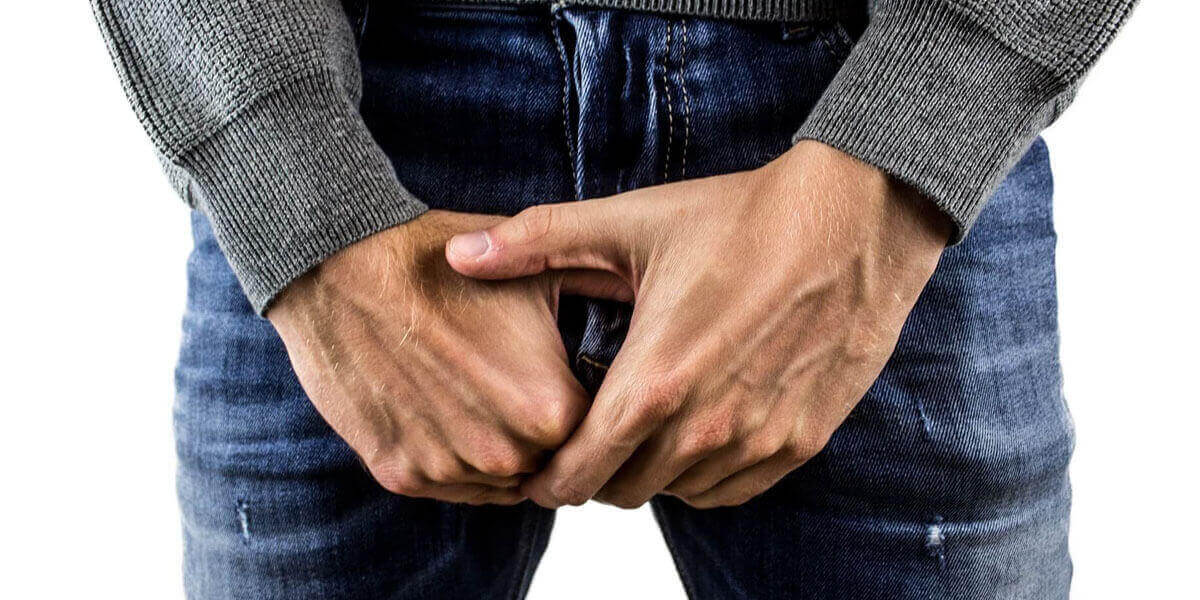Do you have crooked, or crowded teeth that look unpleasant? Does it steal away the spark from your smile? Dental imperfections like crooked, or crowded teeth can be distressing since it predisposes you to poor oral health due to compromised oral hygiene. It also negatively impacts your appearance and personality. Fortunately, Orthodontic spacers offered by the dentist in Sacramento, CA help manage such dental flaws. Also known as separators, orthodontic spacers are small elastic or metal devices used in orthodontic treatment to create space between teeth. They are typically placed between teeth that are too close together, allowing for easier movement during orthodontic treatment.
This article will delve into the types, purposes, and procedures of orthodontic spacers for improved oral aesthetics and health.
Types of orthodontic spacers
There are several types of orthodontic spacers, including:
Elastic spacers
- Made of rubber or plastic
- Come in different colors and sizes
- Can be stretched or compressed to fit between teeth
Metal spacers
- Made of stainless steel or titanium
- More rigid than elastic spacers
- Often used for larger gaps or more complex cases
Plastic spacers
- Made of clear or colored plastic
- Less noticeable than metal spacers
- Can be used for minor spacing issues
Ceramic spacers
- Made of ceramic material
- Aesthetically pleasing and less noticeable
- Used for minor spacing issues
Separator springs
- Made of metal or plastic
- Have a spring-like design
- Used to create space between teeth
Coil spring separators
- Made of metal
- Have a coil spring design
- Used to create space between teeth
T-springs
- Made of metal
- Have a T-shaped design
- Used to create space between teeth
Purpose of orthodontic spacers
The purpose of orthodontic spacers is to:
Create space: Spacers help create necessary space between teeth for proper alignment and movement during orthodontic treatment.
Ease crowding: By creating space, spacers alleviate crowding and overlapping of teeth.
Facilitate tooth movement: Spacers enable orthodontists to move teeth more efficiently and effectively.
Improve oral hygiene: Spacers can make it easier to clean between teeth, improving oral hygiene and reducing the risk of decay and gum disease.
Enhance aesthetics: Spacers can help improve the appearance of teeth by creating a more even and harmonious smile.
Prepare for orthodontic appliances: Spacers can be used to prepare teeth for orthodontic appliances, such as braces or aligners.
Correct bite issues: Spacers can help correct bite issues, such as overbites or underbites, by creating space and allowing for proper tooth movement.
Simplify orthodontic treatment: Spacers can simplify orthodontic treatment by making it easier to move teeth into their proper position.
Procedure for placing orthodontic spacers
The procedure for orthodontic spacers typically involves the following steps:
Examination and preparation: The orthodontist examines the patient’s teeth and prepares them for spacer placement.
Cleaning and drying: The teeth are cleaned and dried to ensure a secure fit for the spacer.
Spacer selection: The orthodontist selects the appropriate size and type of spacer.
Spacer insertion: The spacer is inserted between the teeth using a special instrument.
Adjustment: The spacer is adjusted to fit comfortably and securely.
Checking and tightening: The orthodontist checks and tightens the spacer as needed over the next few weeks.
Removal: The spacer is removed once the desired space has been created, usually after 2-4 weeks.
Follow-up: The orthodontist monitors the patient’s progress and makes any necessary adjustments.
Keep in mind that the specific procedure may vary depending on the type of spacer and individual patient needs.
Bottom line
It’s important to note that spacers may cause some discomfort or irritation initially, but this typically subsides within a few days. Proper oral hygiene and regular check-ups with your orthodontist are essential during treatment with spacers. Consult a skilled orthodontist to discuss your oral needs for further evaluation and intervention.







